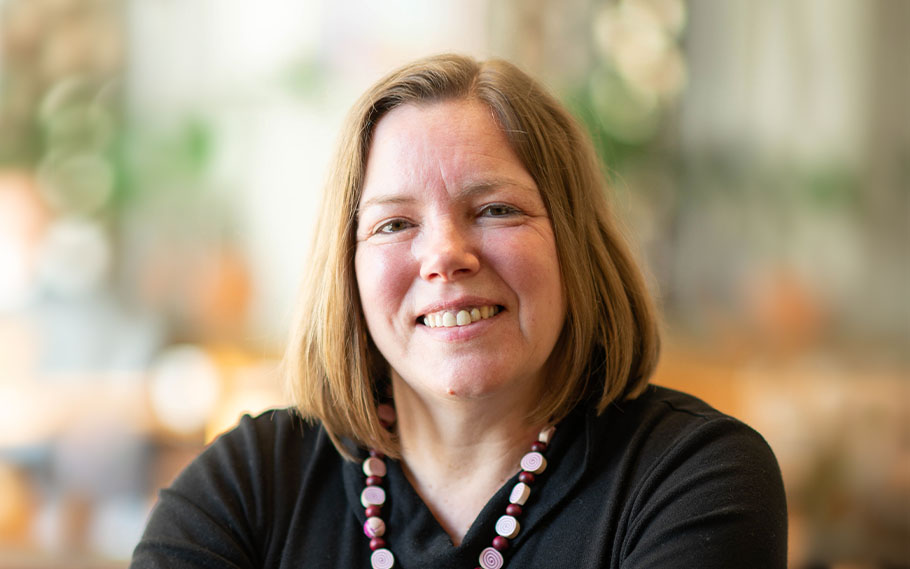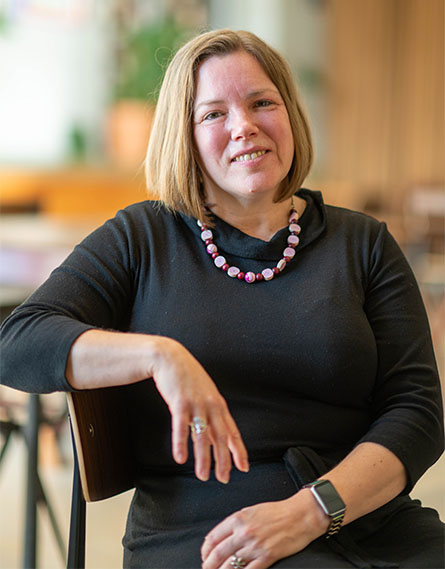“I still struggle with fatigue but continue to work.”
Dina’s story
“I still struggle with fatigue but continue to work, and I’m fortunate to have understanding colleagues who flex and adjust their ways of working so I can take care of myself.”

Dina is working and raising children while living with ITP
Diagnosed with immune thrombocytopenia (ITP) in 2014, Dina became her own advocate. Today she struggles with the fatigue of ITP, but still manages to work and raise her family.
How did your journey with ITP begin?
I was diagnosed with ITP in 2014. It was an accident when I was seeking treatment for a tick bite and Lyme disease. When my platelets stayed low after Lyme, a hematologist monitored me for 6 months and confirmed ITP. During this time I began my self-advocacy efforts by researching ITP on the internet and finding and reaching out to patient advocacy organizations.


How have the symptoms of ITP impacted your life?
My symptoms were atypical in that I did not experience excessive bruising while I had very low platelet levels. My most significant symptom was and is debilitating fatigue and exhaustion that impacts my ability to do my job and engage in my relationships with my family and manage my responsibilities at home. I get frustrated some days, like when I don’t have the energy to prepare the evening meal for the family, so I have to rely on the ready-made meals from the store. I also struggle to do what I used to do with my family, like hiking and vacationing.
“I believe it’s important that people with ITP have an accurate source of information and a way to connect with others with ITP so we can learn from each other and be with people who understand the challenges of living with ITP.”
How have you relied on community to cope with ITP?
Belgium does not have an ITP patient advocacy organization of its own, but I was able to access a Platelet Disorder Support Association (PDSA) international alliance member organization in the Netherlands. In one of the organization’s publications, I saw a call out to join a study for people with ITP who still had their spleen. So I reached out to the contact and was ultimately included in the study. This opportunity helped me better understand my experience with ITP, and the treatment allowed me to stop the roller coaster of ever-changing platelet levels.
It’s so important that people with ITP have a way to find valid sources of information, like medical journals and organizations like PDSA or the Dutch ITP organization. We also need a way to connect with others with ITP. We can learn from one another and it helps to be with people who understand your challenges.
How else can people with ITP advocate for themselves?
It’s important to be part of the decision-making process about your treatment approaches. I really embrace the idea that while my doctor may know the most about the treatment options, I know the most about my body and have to be involved in all the decisions made about what’s done to my body.
